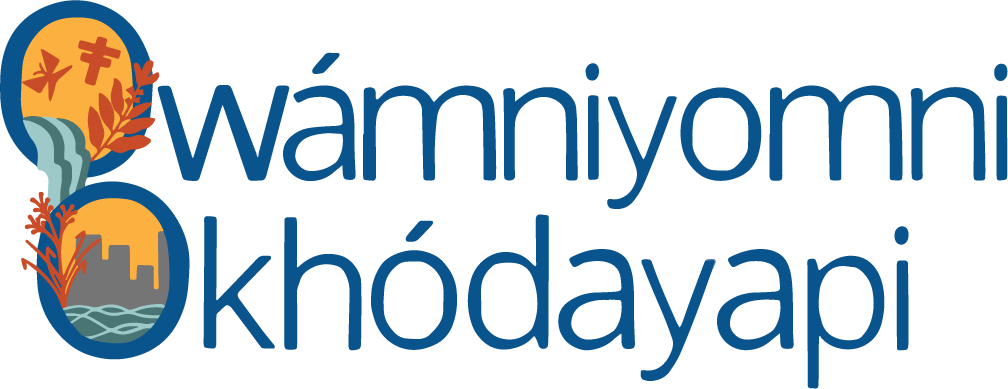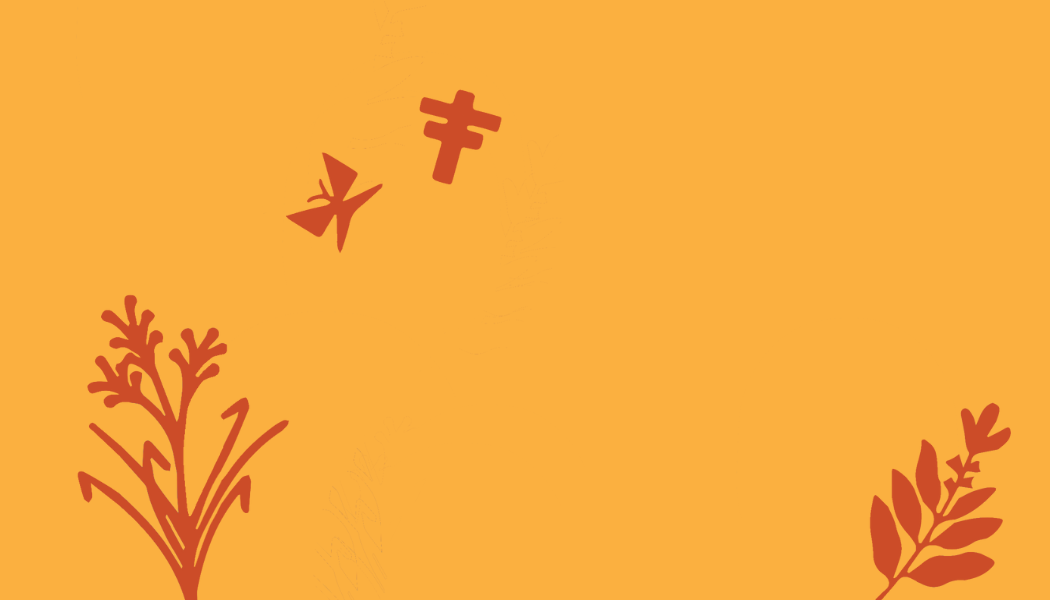Friends of the Falls becomes Owámniyomni Okhódayapi
Name change centers Dakota language, honors Native history,
and signals an enduring commitment to Indigenous culture
MINNEAPOLIS (November 27, 2023) —
Friends of the Falls is announcing a formal name change to Owámniyomni Okhódayapi. The Minneapolis-based non-profit selected the name after consulting with Dakota language speakers from the four Dakota Nations in Mní Sota – the Mdewankanton (Shakopee Mdewakanton Sioux Community), Pezihutazizi (Upper Sioux Community), Cansa’yapi (Lower Sioux Indian Community), and Tinta Wita (Prairie Island Indian Community). Owámniyomni, known in English as St. Anthony Falls, translates to “turbulent waters” in Dakota, and Okhódayapi, “to be friends with, to be friendly, to befriend.”
“We’re creating a place of healing, restoration, education, and connection on 5-acres of land adjacent to the Upper Lock on Minneapolis’s Central Riverfront,” said Shelley Buck, president of Owámniyomni Okhódayapi. “Whatsmore, we’re doing this work hand-in-hand with the four Dakota Nations in Mní Sota, recognizing that Owámniyomni was central to Dakota culture long before the Falls were claimed as ‘Saint Anthony’s.’ Our creation story has us coming into human form from the waters of Minnesota. We are forever tied to the River – our lifeblood – and it is right for Dakota voices to take the lead.”
Evolving with Intention
Owámniyomni Okhódayapi has transformed radically in mission and practice since its inception in 2016. Originally founded as the St. Anthony Falls Lock & Dam Conservancy, the organization worked to prevent hydropower interests from further industrializing the site after the lock closed to commercial navigation. The group convened community, business, and civic leaders to envision a world-class visitors’ center that would boost tourism at this iconic location, steps from the Stone Arch Bridge.
In 2020, under the leadership of its first president, former Hennepin County Commissioner Mark Andrew, the entity transitioned to the name Friends of the Falls to emphasize that its mission had shifted to protect and honor the Falls – the only major waterfall on the Mississippi River. The Friends set aside its concept for a visitor center and began a journey to engage with Native American communities and gain an understanding of the cultural and spiritual significance that has roots long before the formation of the Mill City.
The Friends partnered with the Native American Community Development Institute (NACDI) to develop an engagement process centered on Native voices. With Carrie Day Aspinwall of CDA Enterprises, they convened a Native Partnership Council and hosted a series of Community Conversations that brought Native and non-Native communities together to create a shared vision for the Falls.
The most recent transition to Owámniyomni Okhódayapi is not just another name change. It marks an intentional and fundamental shift in how the organization operates. Owámniyomni Okhódayapi is now Dakota-led by Prairie Island Tribal member Shelley Buck and has a Native American-majority board of directors.
To date, the organization has served as a water advocate and community convener. Now, it proudly evolves to assume the role of partner to the four Dakota Nations in Mní Sota. Owámniyomni Okhódayapi has been entrusted to implement the Dakota Tribes’ vision for the Falls: restoring culture and language through restoration of the land and water.
“Owámniyomni Okhódayapi has demonstrated its commitment to build authentic relationships with Dakota communities, protect the interests of Dakota Nations, and create a process that honors Tribal sovereignty,” shared Robert Larsen, president of the Community Council of the Lower Sioux Indian Community. “We are developing a strong partnership through which we can reconnect people to the Falls, deepen the public’s understanding of the spiritual significance of this place, and celebrate Dakota language and living culture.”
The Future Falls
Owámniyomni Okhódayapi’s long term goal is for the site to be Native-owned. In the interim, Owámniyomni Okhódayapi has committed to absorbing the financial burden and risk of restoring stolen land; it will lead a fundraising campaign to cover capital costs and create a project endowment.
The site design will be finalized in 2024 in partnership with Dakota Tribal leaders. The project will restore connections to Ȟaȟa Wakpá (the Mississippi River); uplift the actively silenced stories of Dakota people through education and programming; and provide ongoing care for the land and water. The project is grounded in Native values, like Mitákuye Owas’iƞ (We Are All Relatives) and Mní Wičóni (Water is Life).
5-acres of land adjacent to the Upper Lock, currently owned by the U.S. Army Corps of Engineers, is expected to be conveyed from federal ownership to local control in 2025. Site restoration is expected to begin in 2027, complementing the Minneapolis Park & Recreation Board’s implementation of Water Works Phase II.
Celebrating Dakota Art
The Owámniyomni Okhódayapi logo was designed by artist Rochelle Lame Bull, a member of the Lower Sioux Indian Community, in consultation with graphic designer Brian Skeet. Rochelle often works in ceramics, as well as beading, quillwork, and other mediums. In her design, Lame Bull depicts the falling water of Owámniyomni, its relationship to the downtown Minneapolis skyline, and respect for plant and animal relatives.
“Every time we say ‘Owámniyomni Okhódayapi’ we uplift Dakota language and make visible the fact that the site of the Upper Lock – and all of the land we call Minneapolis- is Dakota homeland,” said Maggie Lorenz, executive director of Wakaŋ Tipi Awaŋyaŋkapi and board member of Owámniyomni Okhódayapi. “It invites the community at large to learn about Dakota culture and be welcomed back to the River.”
Learn more about Owámniyomni Okhódayapi and its work indigenizing the River: Owamniyomni.org.


